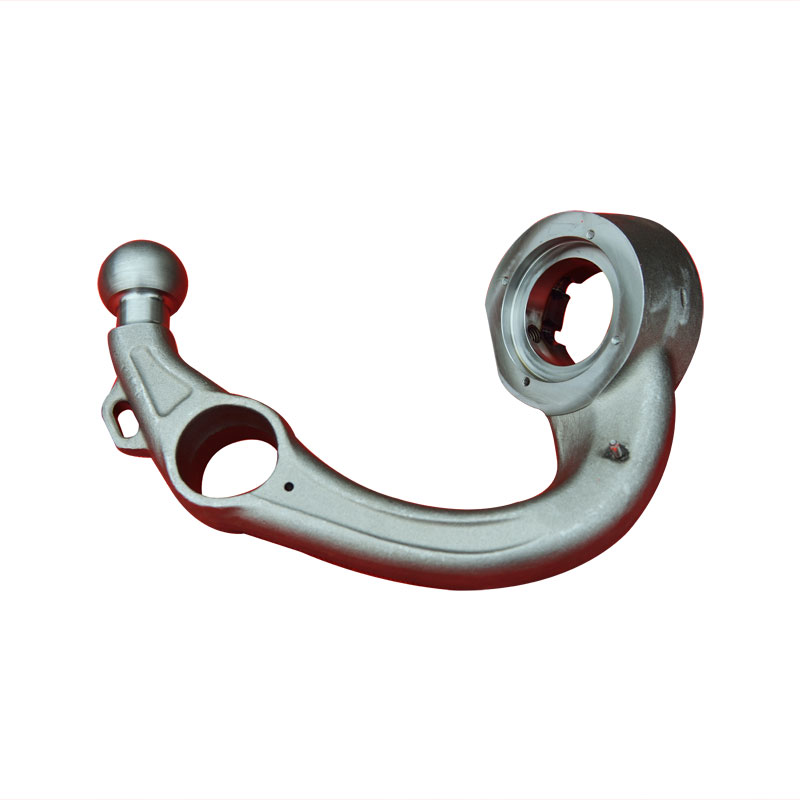Precision forging process
2022-03-14
The ability to form large and complex structural forgings is an important reflection of a country's industrial technology level and comprehensive national strength. Most of the main structural forging materials used in important manufacturing fields such as aviation, aerospace, and energy are high-temperature alloys, titanium alloys and high-strength alloy steels. These materials have been successfully used in aircraft and gas turbines. It plays a vital role in increasing the speed of the aircraft and improving the working efficiency of the gas turbine. With the rapid development of my country's economy and national defense, the demand for large and complex forgings has surged, such as the overall frame of the aircraft, the overall blisk of the engine, the large blades and large disks of the gas turbine and gas turbine, etc. The projected area of many forgings reaches more than 3m2 . However, titanium alloys and superalloys are not only expensive metal materials, but also special materials that are difficult to process and deform. On the one hand, the machinability of such materials is particularly poor; on the other hand, due to the large deformation resistance of the material, the high deformation temperature, and the narrow deformation temperature range, it is generally only possible to forge rough forgings before machining, which leads to excessive deformation. High manufacturing cost, which limits and affects the use of materials to a certain extent. However, the emergence of hot precision forging technology represented by hot die forging and isothermal forging has opened up an important way to solve the near-net shape forging of difficult-to-deform materials such as titanium alloys and superalloys, and has provided new opportunities for the production of large and complex forgings.




